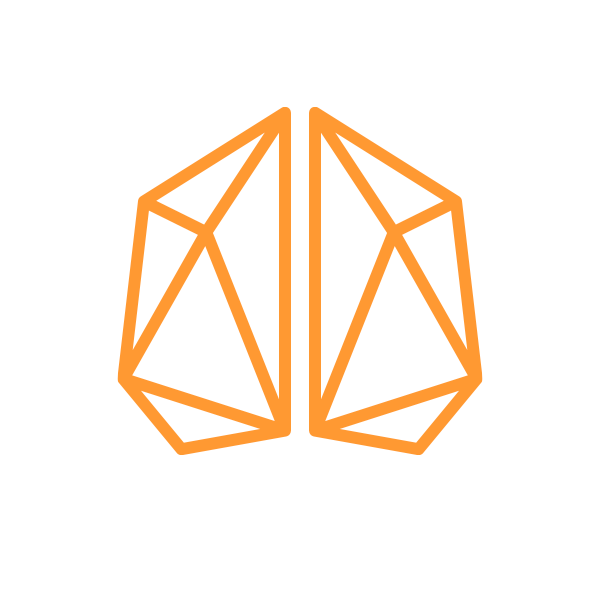
By: Amy Nolte and Amber Orenstein
As educators we are bombarded on a daily basis with buzzwords--data-driven, differentiated, personalized learning, the list goes on and on. Blended learning has come into the forefront in recent years as a solution to the everyday challenges we face in classrooms around the world. What is blended learning and what makes it different from what we’ve tried in the past?
Blended learning is key to the conversation around learning that is meaningful for the future. We extracted some of the key points from the recently released Blended: Using Disruptive Innovation to Improve Schools, by Michael B. Horn and Heather Staker. Blended is described as the practical field guide to implementing blended learning in the classroom, and it also gives an overall view on the different models, benefits and commonly-asked questions around blended learning.
Personalized and competency-based learning, implemented well and jointly, form the basis of a student-centered learning system...students develop a sense of agency and ownership for their progress and subsequent ability to guide their learning.
- Michael Horn and Heather Staker, Blended, pg. 10
Blended defines blended learning as “a formal education program in which a student learns:
At least in part through online learning, with some element of student control over time, place, path, and/or pace,
At least in part in a supervised brick-and-mortar location away from home, and
The modalities along each student’s learning path within a course or subject are connected to provide an integrated learning experience.”
Some schools are implementing technology in their classroom but haven’t seen great results - these schools are typically technology-rich, but not necessarily blended. The technology and data need to be integrated into the core instruction to create a unified environment: the data from the technology is used to inform instruction and connections are made between the two.
It is essential that the technology and face-to-face instruction are cohesively integrated. Making connections to the classroom ensures that students and teachers are making the most of their time and maximizing deep, meaningful learning.
School was structured historically to teach the future workforce needed for factories. And it did that very well. However, our economy does not demand a workforce prepared this way anymore; it demands problem solvers.
Blended learning offers students a chance to engage with content that is relevant to their personal learning, at their own level, at their own pace. This means that students are faced with appropriate challenges and can take ownership of their learning.
‘“[Blended learning] can free up teachers to become learning designers, mentors, facilitators, tutors, evaluators, and counselors to reach each student in ways never before possible.”- Michael Horn and Heather Staker, Blended, pg. 11
Blended learning not only transforms the student experience, it greatly changes the role of the teacher. Blended learning programs provide teachers with access to rich data which allows them to strategically target students for discussion and instruction.
Since students are acquiring knowledge and skills through online learning, teachers can then build upon this knowledge through lessons that demand higher-level thinking from students to explain, evaluate, and synthesize what they’ve learned in class and online. This means teachers can focus more on the applied reasoning and problem-solving skills that prepare students to enter a 21st century workforce.
Bolded blended learning models are hybrid, and typically seen in the K-8 setting.
|
Model |
Description |
Visual |
|
Station-Rotation |
|
|
|
Lab Rotation |
|
|
|
Flipped |
|
|
|
Flex - Disruptive model |
|
|
Just because an approach uses technology does not mean it is the better approach. The best blended learning programs require a combination of technology, great software and teacher training. The software program ST Math, for example, is one part of the equation for implementing a successful blended learning math classroom.
To learn more, check out these stories from schools using blended learning models:
How are you implementing blended learning in your classroom?

Amber Orenstein was an education consultant for MIND in Colorado.
Comment